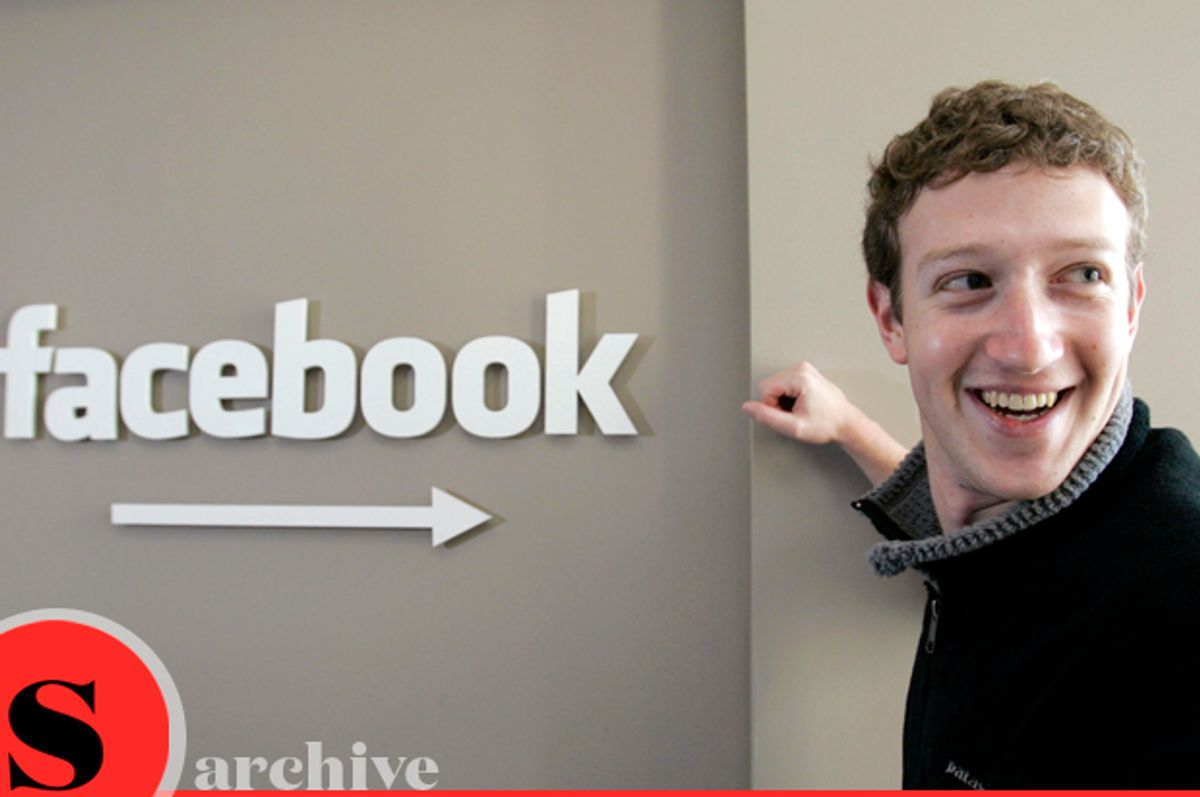We all know the stereotypes/academic assessments: Of the world's two super-social networking sites, Facebook is the smaller, cleaner, more preppy site, while MySpace is gargantuan, more mainstream, and (consequently) blithely unconcerned about its looks. (Think of Facebook as John Mayer, and MySpace as Jessica Simpson. Or Facebook as NBC's "The Office," and MySpace as "Married with Children." Or Facebook as Playboy, and MySpace as Juggs.)
But Facebook is going mainstream too. During the past year, according to the traffic-measuring firm Comscore, Facebook has almost doubled its traffic, and is now serving more than 26 million visitors a month. MySpace is still much larger -- almost 70 million people visit now visit the site monthly -- but its growth was only around 34 percent, far smaller than Facebook's, during the past year. (That's understandable, of course, because it's harder to maintain huge growth rates for a larger base.)
But what's most interesting about Facebook isn't that it grew as much as it did, but how it grew. Facebook began in colleges, but over the past year, it saw its slowest growth among college kids -- likely because everyone at school was already on it to begin with. Instead, because Facebook recently opened up to the wider public (and allowed developers to create applications on the site), it's people beyond college -- teenagers and adults -- who've been flocking to it. Today 4 million teenagers visit Facebook a month, and 3 million people aged 25 to 34; not very much less than the 7 million college kids who use it. Most surprisingly, it's people over 35 who make up Facebook's largest demo -- more than 10 million people, or almost 40 percent of the site's monthly visitors, are in this group.
In other words, Facebook isn't John Mayer -- it's John Lennon.



Shares